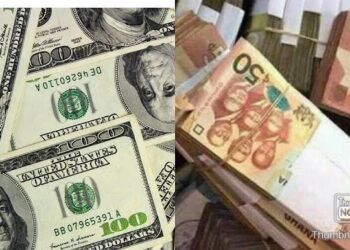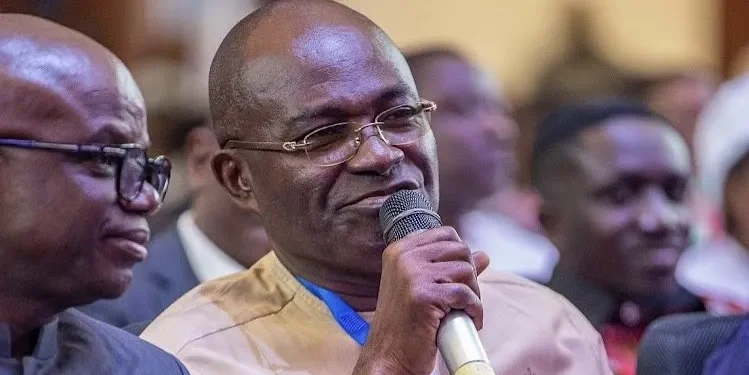Cocoa sold very low on the international market from US$ 2520 per tonne to US$ 2419.5 per tonne in April 2021, thus, reflecting a price drop of US$ 100.5 per tonne, according to the Bank of Ghana’s Summary of Economic and Financial Data.
Although this is not the only fall since the year began, as the price of the commodity fell only marginally in February 2021 (US$ 15.9 per tonne). Given this development, majority of indigenous farmers have their incomes eroded and therefore their living conditions worsened to a very large extent.
Already, farmers are among the group at the tail-end of the income bracket, and double as the group stricken with extreme poverty levels. After 64 years of independence, successive governments have always sang the song of cocoa being the backbone of the economy, but farmers continue to remain disillusioned as they are struggling to break free from poverty.
And one of the contending issues is the volatility in cocoa prices on the world market. The free market system under which prices are determined- demand and supply forces- presents this dilemma of a free fall in cocoa prices.
This low cocoa price comes within a regime of high taxes, which likely affects the purchasing power of farmers, and disrupts their consumption levels as the effect of the pandemic still lingers, although now on the downside.
Against this backdrop, cocoa production increased significantly outweighing demand in April 2021 and outpacing that of the previous month. Thus, the excess supply of cocoa, given available demand, obviously did not help the situation for farmers.
ICCO’s report on cocoa on the world market
Considering the purchase of Ghana’s cocoa, a report released by the International Cocoa Organization (ICCO) indicated that “purchases of graded and sealed cocoa since October 2021 [sic] were reported at 849,266 tonnes by 29th April 2021; corresponding to a 19.6% increase year-on-year.”
According to the BoG’s data, cocoa exports increased from US$ 1008.4 million in March 2021 to US$ 1225.0 million April 2021.
More so, the ICCO report revealed that: “On the European market, the differential for Ghanaian cocoa were established at US$453 per tonne in April 2021, 33% lower compared to US$672 per tonne recorded in October 2020.
“Moving on to the U.S. market, cocoa beans from Ghana recorded a differential of US$506 per tonne in April 2021 against US$614 per tonne during October 2020.”
Juxtaposing these low prices at which cocoa was sold with farmers’ poverty conditions, this leaves much to be desired.
In a 2017 publication by the cocoainitiative.org, they indicated that cocoa farmers earn a per capita daily income of approximately US$ 0.40-US$0.45 on cocoa. Obviously, cocoa farmers live below the poverty level of US$1.90 per day.
On an annual basis, this amounts to a net income of US$ 983.12-US$2627.81, accounting for two-thirds of cocoa farmers’ household income.
With the decision to protect the income of the cocoa farmer as well as ensure a facelift of cocoa farming to the youth, the government should negotiate a fixed price for cocoa, subject to an upward review when market conditions are favourable.
READ ALSO: President addressing ‘culture of silence’ at UCC, okay- Dr. Sarfo






















